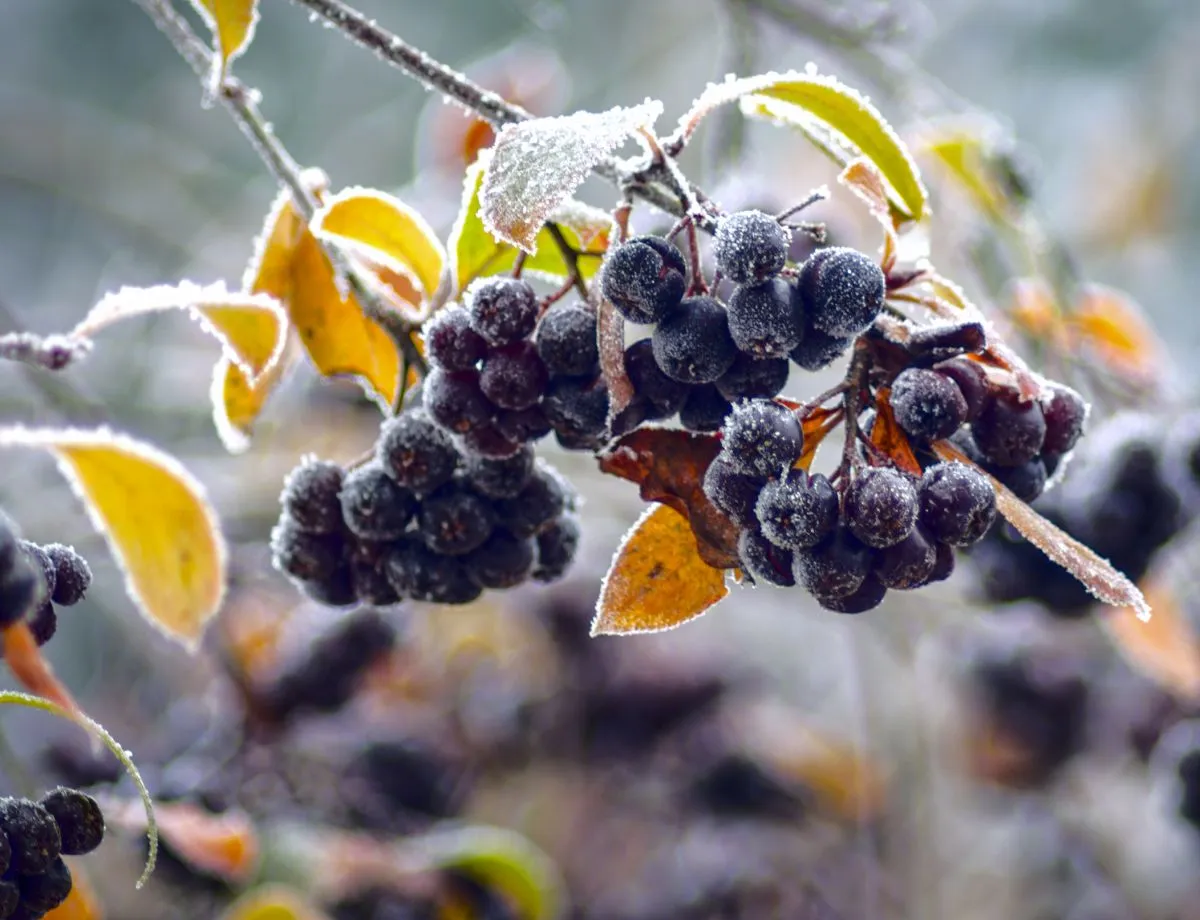🎁 Buy 6 Bottles, Get 6 FREE
How Is Ice Wine Made?

Ice wine is a dessert wine made from grapes that have naturally frozen on the vine. Once frozen, the grapes are harvested and pressed, with the ice crystals—representing the water content—remaining behind in the press. This process yields a highly concentrated, syrupy juice that is then fermented into a very sweet wine, known for its intense flavours and balanced acidity.
Ice wine is made using a unique process that depends on nature and the skill of winemakers. Grapes are left to freeze naturally on the vine, creating a sweet, concentrated wine that’s made with great care.
Want to know how this special wine is made? Here’s a simple guide from vineyard to glass.
How Is Ice Wine Made: The Vineyard Process
Choosing the Right Grapes
Not every grape can handle the freezing process needed to make ice wine. Winemakers usually choose strong varieties like Riesling Vidal Blanc and Cabernet Franc because they can survive freezing temperatures without spoiling. Want to learn more about the specific grapes used in ice wine production? Discover more about ice wine grapes.
These grapes are chosen for their high acidity, which helps balance the natural sweetness of ice wine. Without enough acidity, the wine could end up tasting overly sweet instead of smooth and balanced.
Leaving Grapes on the Vine
Ice wine is made differently from other wines because the grapes aren’t picked during the usual fall harvest. Instead, they stay on the vine into the early winter. This extra time lets the grapes become sweeter as they naturally lose water and shrink.
However, leaving the grapes on the vine comes with risks. They can be damaged by animals, rot, or unpredictable weather. Still, this process is necessary to create the rich, sweet flavours that make ice wine so special.
The Role of Freezing Weather
Ice wine is made when the temperature drops to at least -8°C (17°F) or colder. This is important because it freezes the water in the grapes, leaving behind the concentrated sugars and flavours in the unfrozen juice.
These cold conditions don’t happen everywhere, which is why ice wine is mostly made in colder regions like Canada’s Niagara Peninsula, Germany, Austria and Moldova, where the weather is just right for this process.
How Is Ice Wine Made: The Harvesting Process
Picking Grapes in Freezing Temperatures
Harvesting grapes for ice wine is tough work. Since the grapes need to stay frozen, workers usually start picking them late at night or early in the morning when it’s the coldest.
The process has to be done quickly and by hand because frozen grapes are very fragile. Machines can’t be used because they might break the grapes. Workers dress warmly to protect themselves from the freezing temperatures and often face frost and snow as they carefully pick each grape by hand.
Timing is Everything
Timing is everything when harvesting grapes for ice wine. They need to be picked when they’re frozen just enough to have the right sugar levels. If the grapes thaw before being picked, the harvest could be ruined. It’s a tricky and exact process, but it’s what creates the rich, sweet flavours that make ice wine so special.

How Is Ice Wine Made: The Winemaking Process
Pressing the Frozen Grapes
After the grapes are harvested, they are pressed while still frozen. This unique process separates the concentrated juice from the ice crystals. The juice that comes from this pressing is much higher in sugar and acidity than regular wine grapes. This is what gives ice wine its special sweetness and rich flavour.
Fermentation Challenges
Making ice wine is a slow and challenging process. The grape juice used for ice wine has a lot of sugar, which means the yeast takes much longer to turn it into alcohol. While regular wines finish fermenting in a few weeks, ice wines can take several months.
Winemakers have to carefully watch the process to keep the right balance. They want to preserve the wine’s natural sweetness without letting the alcohol become too strong.
Quality Control Matters
Why Small Yields Are the Norm
Ice wine produces much less juice compared to regular wine. Grapes are left on the vine longer and depend on specific cold weather conditions, which means a large part of the harvest can be lost before it even starts.
On top of that, the pressing process for ice wine extracts far less liquid than the process for regular wine. This means that each vine used for ice wine gives only a small amount of juice compared to making standard wine. This rarity and lower yield are big reasons why ice wine is often more expensive.
Certification Standards
Making ice wine is a complicated process, so there are strict rules to ensure its quality. In countries like Canada and Germany, which lead in ice wine production, special guidelines are in place to confirm that only naturally frozen grapes are used.
These certifications help producers keep a strong reputation for quality and give buyers confidence that they are getting authentic ice wine.
Making ice wine is a challenging process that depends on nature, timing, and skill. Grapes are left on the vine to freeze naturally during winter, and every step, from harvesting to slow fermentation, is carefully done to create a special, high-quality wine.
Curious to dive deeper into what makes ice wine so unique? Learn what is ice wine to expand your knowledge about this special wine. Cheers! 🍷
How Is Ice Wine Made FAQ
Ice wine is a type of dessert wine made from grapes that have naturally frozen on the vine. The freezing process concentrates the sugars and flavours, resulting in a sweet, rich, and flavourful wine.


